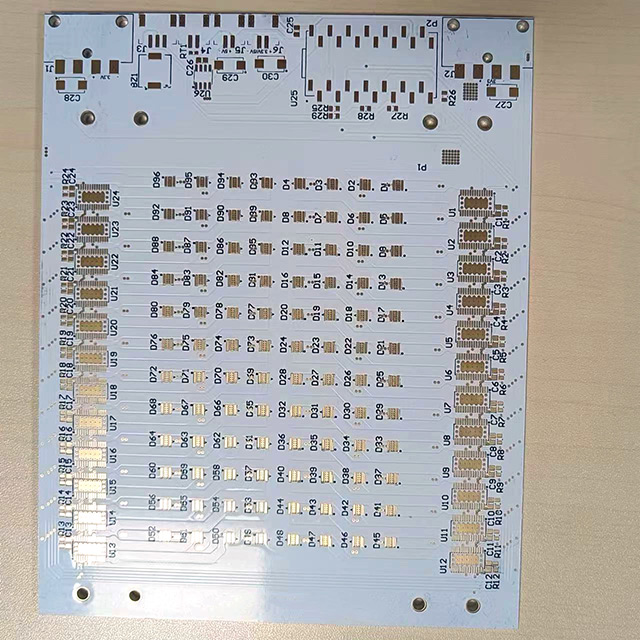4km of 2.5mm T&E, huh? Hmm...
Putting aside the insanity of this setup for one moment (voltage drops ahoy), you've got a pretty reasonable stray capacitance between L and E. Let's say it's 150pF/m (IET Forums - Help Intermittent RCD) that's 4k x 150pF = 0.6uF.
i = C (dV/dt)
V= 230 cos(2.pi.50.t)
(let's forget the bit about RMS for now, as we'll just quote RMS current)
So max (dV/dt) is 2.pi.50.230 = 72.3kV/s
so i = 0.6u x 72.3k = 43mA.
Should I also be taking R into account (18mOhm/m = 72 Ohm)?
Putting aside the insanity of this setup for one moment (voltage drops ahoy), you've got a pretty reasonable stray capacitance between L and E. Let's say it's 150pF/m (IET Forums - Help Intermittent RCD) that's 4k x 150pF = 0.6uF.
i = C (dV/dt)
V= 230 cos(2.pi.50.t)
(let's forget the bit about RMS for now, as we'll just quote RMS current)
So max (dV/dt) is 2.pi.50.230 = 72.3kV/s
so i = 0.6u x 72.3k = 43mA.
Should I also be taking R into account (18mOhm/m = 72 Ohm)?












